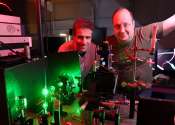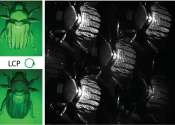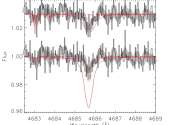To help protect wildlife, Illinois' Kane County Forest Preserve District adopts new policy to fight light pollution
The Kane County Forest Preserve District will soon put in place a new policy designed to reduce light pollution, which officials say hurts wildlife in and around the district's preserves.









